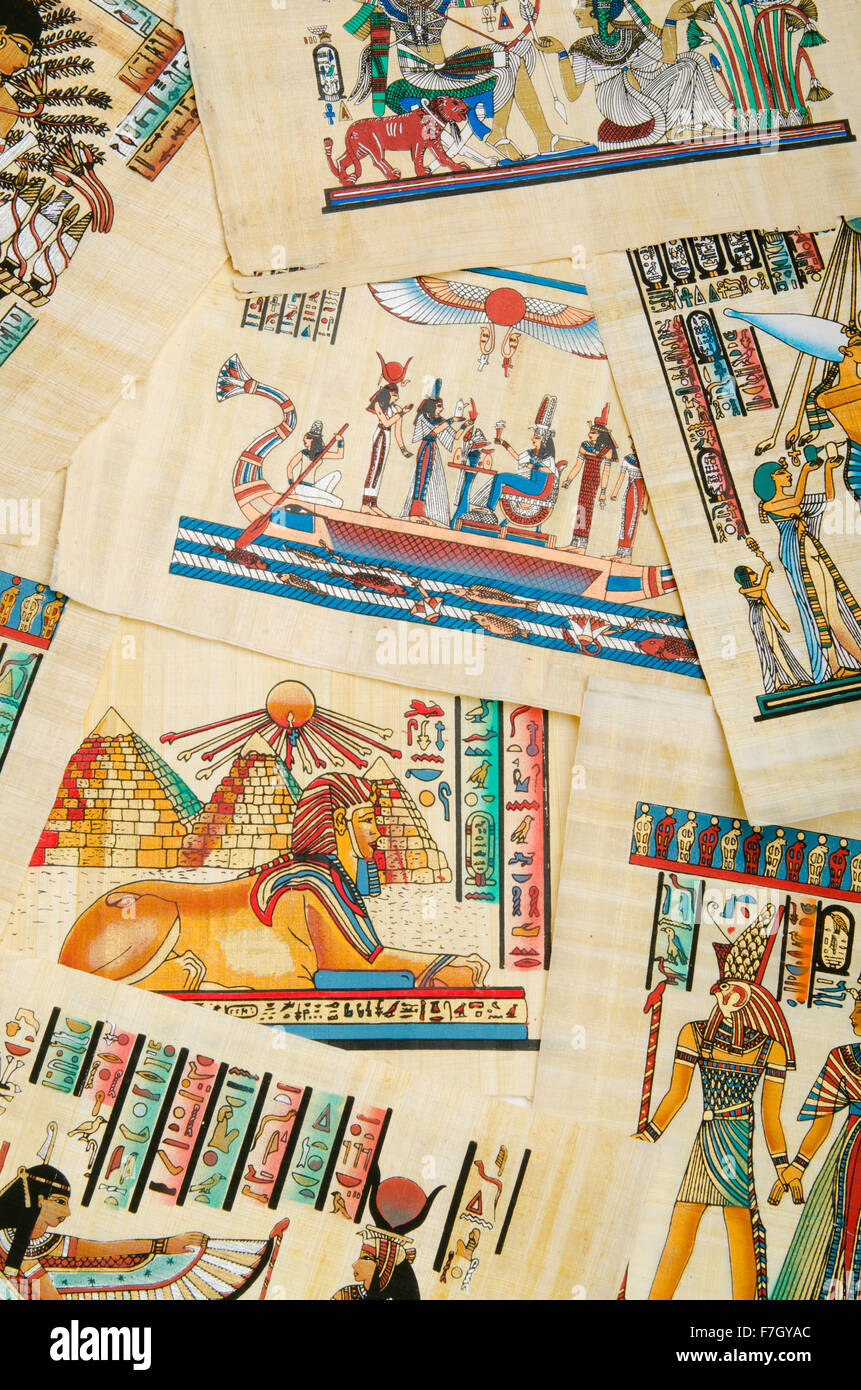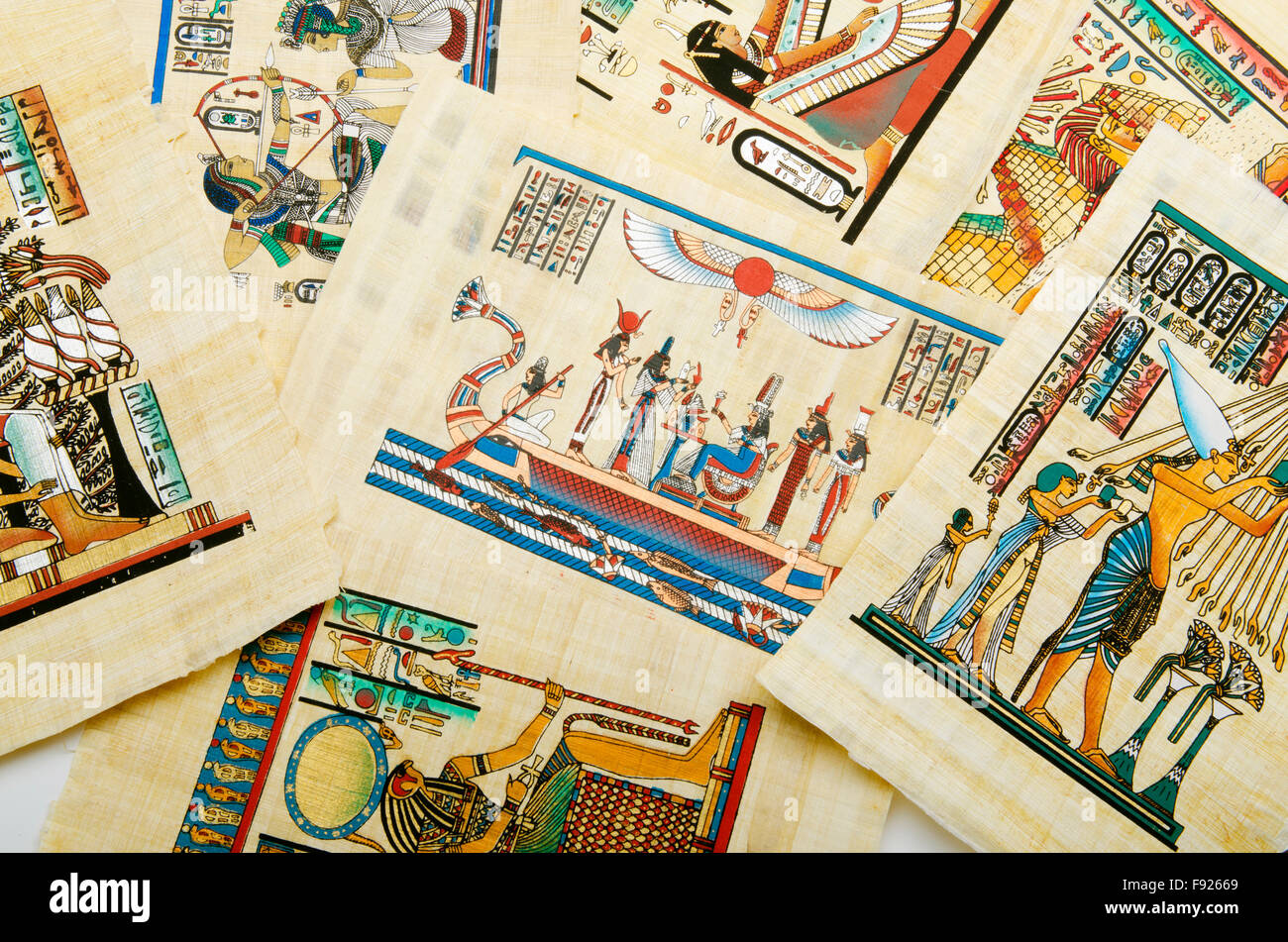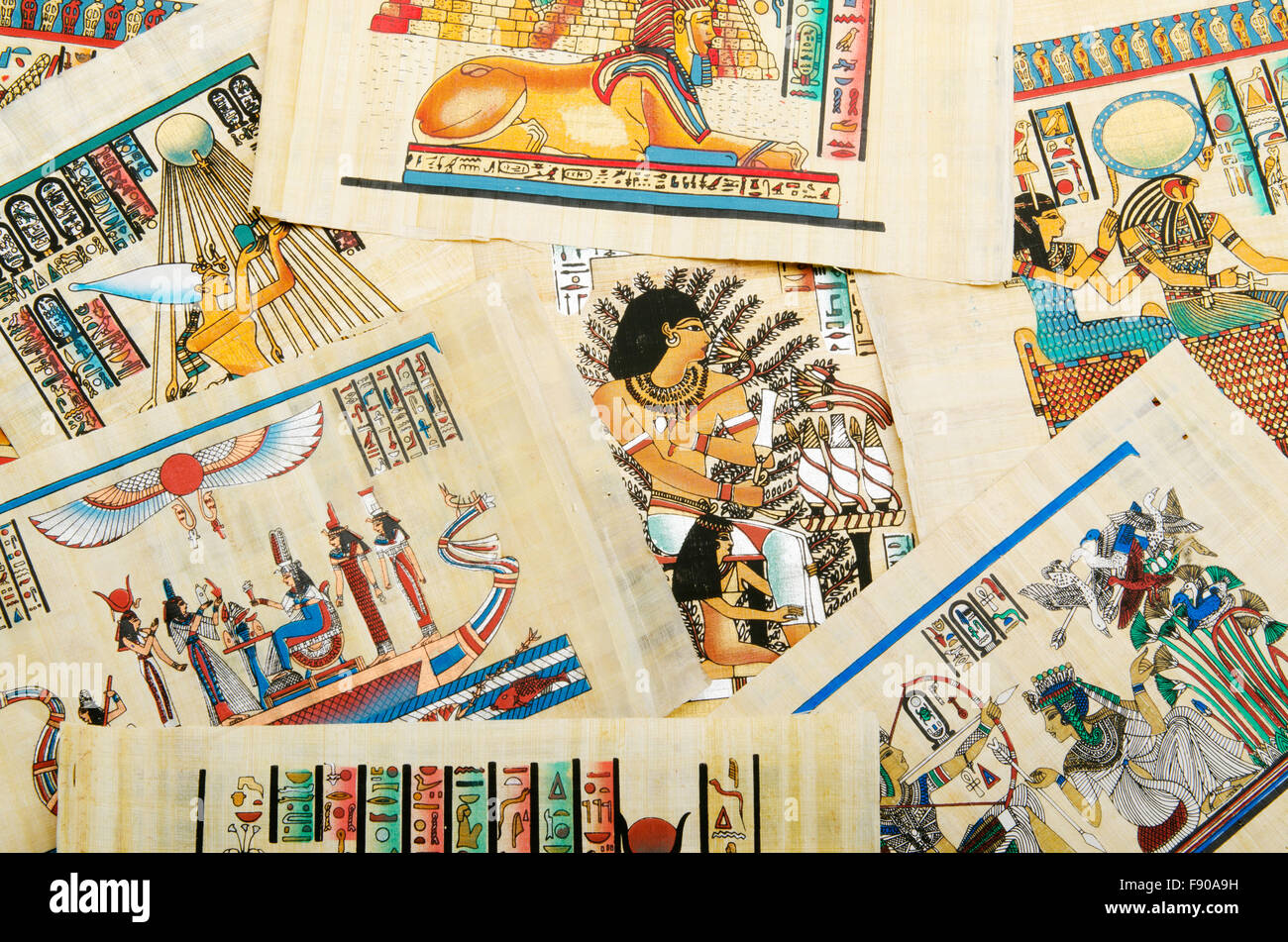Unveiling Iran's Past: A Journey Through History Documentaries
Iran, a country rich in history, culture, and heritage, boasts a treasure trove of untold stories, often shrouded in mystery for those outside its borders. In an increasingly interconnected yet often polarized world, understanding the nuances of nations like Iran becomes paramount. Iranian historical documentaries offer an unparalleled opportunity to explore these narratives, shedding light on key social, cultural, political, and historical events that have shaped this ancient land into the modern nation it is today. They are not merely chronicles of the past but vital windows into a civilization that has profoundly influenced global history.
For many, the perception of Iran is often shaped by contemporary headlines, overlooking the millennia of rich human experience that define it. Yet, it is within these historical depths that the true essence of Iran—formerly Persia, the world's first empire—can be found. Documentaries serve as invaluable guides, inviting viewers on an immersive journey through time, from the grandeur of ancient empires to the complexities of its modern era. They reveal a land of staggering sights and profound cultural exchanges, much of which remains unseen by the Western world, offering a vital perspective on a nation whose past is as complex as its present.
Table of Contents
- Unveiling Ancient Persia: The World's First Empire
- Documenting Iran's Complex Past: Why It Matters
- Samira Ahmed's Journey: A Glimpse into Unseen Iran
- The Pahlavi Era: Modernity and Its Unraveling
- Bridging Divides: Understanding Iran Through Documentary Lens
- The Geopolitical Context: Iran's Place in Modern History
- Choosing Your Journey: Top Historical Documentaries on Iran
- The Enduring Legacy: How History Shapes Modern Iran
Unveiling Ancient Persia: The World's First Empire
Persia, the world's first empire, has a complex past, stretching back thousands of years. Its story begins long before the modern state of Iran, with the rise of powerful dynasties like the Achaemenids, who forged an empire that spanned three continents, from the Balkans to the Indus Valley. This ancient civilization was not just about military might; it was a crucible of innovation, art, and philosophy, laying foundations for governance, human rights, and infrastructure that echoed through subsequent civilizations. Understanding this foundational period is crucial for anyone seeking to grasp the full scope of Iran's historical identity. Documentaries on this era often bring to life the grandeur of Persepolis, the wisdom of Cyrus the Great, and the intricate tapestry of cultures that thrived under Persian rule. They highlight how this early empire fostered a remarkable degree of cultural exchange, a characteristic that has defined the region for millennia, even as the nation now seems decidedly inward-looking.
The journey through ancient Persia in a history of Iran documentary often reveals fascinating insights into how these early empires managed vast territories and diverse populations. They delve into the Zoroastrian faith, an ancient monotheistic religion that originated in Persia and influenced later Abrahamic religions. Viewers can witness the architectural marvels, the sophisticated irrigation systems, and the legendary Royal Road that connected distant parts of the empire. These visual narratives not only educate but also inspire awe for the ingenuity and vision of ancient Persian rulers and their people. They serve as a powerful reminder that Iran's heritage is deeply intertwined with the very dawn of organized civilization, offering a unique perspective that transcends contemporary political narratives and provides a rich context for understanding the long and storied history of Iran.
Documenting Iran's Complex Past: Why It Matters
The importance of a comprehensive history of Iran documentary cannot be overstated. These films serve as vital tools for education, cultural understanding, and even diplomacy. In an age where information is often fragmented and biased, a well-researched documentary provides a coherent, often nuanced, narrative that helps bridge gaps in understanding. They offer a deep dive into the social, cultural, and political forces that have shaped Iran, from its ancient roots to its modern transformations. By examining these narratives, viewers gain a more complete picture, moving beyond stereotypes and simplistic portrayals. This deeper understanding is essential for anyone seeking to comprehend not just Iran itself, but also its interactions with the wider world.
Beyond the Headlines: Exploring Cultural Exchange
While the nation now seems decidedly inward-looking, historical documentaries about Iran often reveal the profound cultural exchange that has defined the region for millennia. Persia, at various points in its history, was a crossroads of civilizations, absorbing and disseminating ideas, technologies, and artistic forms across Asia, Africa, and Europe. From the Silk Road's bustling trade routes to the intellectual flourishing of the Islamic Golden Age, Iran has been a hub of innovation and cross-cultural dialogue. A good history of Iran documentary will highlight these often-overlooked aspects, showing how Persian art, literature, science, and philosophy enriched diverse cultures, from India to Spain. It's the first of many staggering sights, few of which have been seen by anyone outside Iran, showcasing a vibrant history of interaction rather than isolation. This emphasis on cultural exchange challenges prevailing narratives and offers a more balanced view of Iran's global contributions.
- Yaya Mayweather Age
- Israel Iran War Live Update
- Is Iran A Member Of Opec
- Shah Of Iran First Wife
- Israel Attacked On Iran
The Power of Visual Storytelling: Iranian Cinema's Role
Beyond traditional historical accounts, the history of Iranian cinema itself offers a fascinating lens through which to view the nation's past. Documentaries that explore Iranian cinema not only celebrate the artistic achievements of filmmakers but also offer a deeper understanding of the cultural and political context in which these works were created. By examining the evolution of Iranian film, from its early days to its internationally acclaimed contemporary era, viewers gain insights into societal changes, political upheavals, and the enduring spirit of the Iranian people. These cinematic explorations often reveal the subtle ways in which artists have navigated censorship and expressed complex truths, making them some of the best documentaries about Iran to watch in that context. They are a testament to the power of visual storytelling in preserving memory, challenging perceptions, and fostering empathy, providing an invaluable perspective on the history of Iran.
Samira Ahmed's Journey: A Glimpse into Unseen Iran
In this fascinating series, journalist Samira Ahmed visits historical and cultural sites across Iran that few Westerners have ever seen. Her journey offers a unique and privileged glimpse into a land often misrepresented or misunderstood. Ahmed's approach is particularly insightful because she doesn't just present facts; she engages with the history and culture on a personal level, making the ancient stories resonate with modern relevance. Her series becomes a crucial history of Iran documentary for anyone seeking to understand the nation beyond its contemporary political narrative. It’s the first of many staggering sights, few of which have been seen by anyone outside Iran, and Ahmed's exploration reveals the depth of cultural exchange that has defined the region for millennia, challenging the notion of an isolated nation.
Art, Literature, and Ancient Structures: A Legacy Unveiled
Focusing on the rich artistic legacy of the region, Samira Ahmed looks at literature, painting, and ancient structures to relay a tale of power and ultimate destruction, but also of enduring beauty and resilience. Her exploration of Persian literature, with its epic poems and Sufi mysticism, highlights a profound intellectual tradition. The vibrant history of Iranian painting, from miniature art to modern expressions, reveals evolving aesthetic sensibilities and societal values. And the ancient structures, from the ruins of Persepolis to the mosques of Isfahan, stand as silent witnesses to millennia of human endeavor, faith, and artistic genius. Through these artistic and architectural lenses, Ahmed's documentary illuminates how much this history influenced modern Iran, connecting the threads of the past to the fabric of the present. This deep dive into Iran's artistic soul provides a unique and often breathtaking perspective on its complex past.
The Pahlavi Era: Modernity and Its Unraveling
No history of Iran documentary is complete without a thorough examination of the Pahlavi era, particularly the reign of Shah Mohammad Reza Pahlavi. His story begins with good ideas and ideals, aiming to carry Iran into modernity, but ultimately ends in bloody chaos. Documentaries covering this period often explore the dual nature of his rule: on the one hand, his efforts to industrialize, educate, and secularize the nation, bringing significant social and economic reforms. On the other hand, they reveal the growing discontent fueled by authoritarianism, economic inequality, and perceived Western influence, which eventually culminated in the 1979 Iranian Revolution. These films often feature rare archival footage, interviews with those who lived through the era, and expert analysis, providing a critical perspective on a pivotal moment in Iran's recent history. Understanding the Pahlavi period is essential for comprehending the roots of modern Iran's political and social landscape, and how the aspirations for modernity ultimately led to a dramatic societal transformation. This complex narrative underscores the intricate relationship between progress, power, and popular will in the history of Iran.
Bridging Divides: Understanding Iran Through Documentary Lens
In an increasingly interconnected yet often fraught global landscape, understanding nations like Iran is more critical than ever. Iranian historical documentaries play a crucial role in bridging cultural and political divides by offering nuanced perspectives that often challenge simplistic narratives. They provide an opportunity for viewers to engage with the rich tapestry of Iranian life, history, and thought, fostering empathy and informed discourse. By presenting diverse viewpoints and delving into the complexities of historical events, these films encourage a deeper appreciation for Iran's contributions to global civilization and its ongoing struggles and aspirations. They move beyond the headlines to reveal the human stories that underpin a nation, making the history of Iran accessible and relatable to a global audience.
From Antiquity to Present: Dynasties and Their Echoes
A comprehensive history of Iran documentary often summarizes all the major dynasties of Persian history, from antiquity to the present day. This includes the Achaemenids, Parthians, Sassanids, and the various Islamic dynasties that followed, such as the Safavids, Qajars, and the Pahlavis. Each dynasty left an indelible mark on Iran's cultural, political, and social fabric. Documentaries trace the rise and fall of these empires, highlighting their unique contributions to art, architecture, science, and governance. They illustrate how ancient traditions and imperial legacies continue to echo in modern Iranian society, influencing everything from national identity to political rhetoric. Watching such a video provides an essential introduction to Iranian history, allowing viewers to connect the dots across millennia and understand the long arc of a civilization that has continually reinvented itself while preserving a distinct cultural core. This panoramic view is vital for anyone seeking to grasp the full scope and depth of Iran's enduring legacy.
The Geopolitical Context: Iran's Place in Modern History
Understanding the history of Iran is incomplete without acknowledging its pivotal role in regional and global geopolitics. Documentaries often explore how historical events and internal developments have shaped Iran's relationships with major world powers, including the United States. While some short-form content might focus on specific events like "real history documentary of Iran vs America," comprehensive films delve into the intricate web of alliances, rivalries, and interventions that have defined Iran's modern trajectory. They examine the impact of the Cold War, the oil industry, and regional conflicts on Iran's domestic and foreign policies. Such historical context is crucial for understanding contemporary issues, including discussions around topics like the "Iran Israel war facts" or "information about Israel and Iran." While these specific conflicts are current events, their roots are deeply embedded in historical narratives and geopolitical shifts that a good history of Iran documentary will meticulously unravel. By providing this crucial background, these documentaries empower viewers to form informed opinions on complex international relations, connecting historical precedents to ongoing global dynamics.
Choosing Your Journey: Top Historical Documentaries on Iran
For those eager to embark on this historical journey, a variety of platforms offer access to high-quality Iranian historical documentaries. Services like MagellanTV are known for their curated collections of factual content, often featuring series that delve deep into ancient civilizations and modern geopolitical landscapes. When selecting a documentary, consider those that offer diverse perspectives, utilize expert analysis, and incorporate rich archival material. Look for films that move beyond sensationalism to provide a balanced and comprehensive view of Iran's past. Whether you're interested in the grandeur of ancient Persia, the intricacies of the Pahlavi era, or the vibrant history of Iranian cinema, there's a history of Iran documentary out there to suit your interests. These visual resources offer an unparalleled opportunity to explore narratives that shed light on key social, cultural, political, and historical events, providing a profound understanding of a nation whose story is far richer and more complex than often perceived.
The Enduring Legacy: How History Shapes Modern Iran
Ultimately, a deep dive into the history of Iran documentary reveals a fundamental truth: the past is not merely a collection of bygone events but a living force that continues to shape modern Iran. The legacies of its ancient empires, the intellectual contributions of its golden ages, the trauma of its revolutions, and the aspirations of its leaders and people all converge to define its present identity and future trajectory. How much did this history influence modern Iran? The answer is profoundly. From its unique cultural resilience to its complex geopolitical stance, every aspect of contemporary Iran carries the echoes of its long and storied past. These documentaries offer not just information, but also a vital framework for understanding the forces that drive a nation. They underscore the importance of historical literacy in navigating a complex world, providing insights that are both educational and deeply human.
In conclusion, exploring the history of Iran through documentaries is an enriching and essential endeavor. These films provide unparalleled access to a civilization whose contributions to humanity are immense, yet whose story remains largely untold to many. By engaging with these narratives, we not only learn about Iran but also gain a broader understanding of human civilization, cultural exchange, and the enduring power of history. We encourage you to seek out these fascinating series and embark on your own journey through Iran's past. What aspects of Iranian history intrigue you the most? Share your thoughts in the comments below, or explore other related articles on our site to continue your discovery of global cultures and histories.

Egyptian history concept with papyrus Stock Photo - Alamy

Egyptian history concept with papyrus Stock Photo - Alamy

Egyptian history concept with papyrus Stock Photo - Alamy